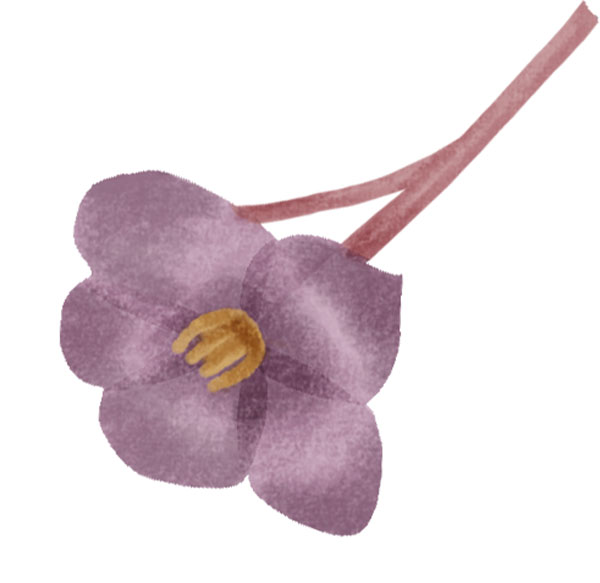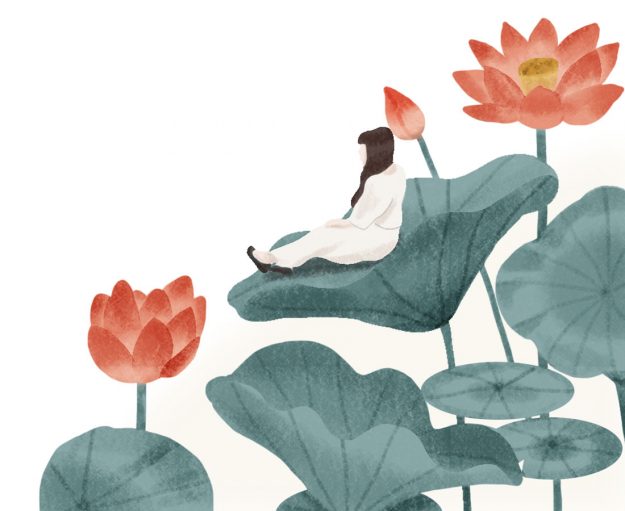In her new poetic memoir, Three Simple Lines: A Writer’s Pilgrimage into the Heart and Homeland of Haiku (see excerpt in this issue), Natalie Goldberg tells the story of the Buddhist nun Chiyo-ni, one of the few women to gain recognition in the male-dominated world of early haiku poetry. Much has changed since then. The most famous living haiku poet today, Mayuzumi Madoka, is a woman. And haiku is no longer just about Japan. Millions write haiku now—in nearly every language. Haiku is the most popular form of poetry in the world.
And yet, as haiku has spread internationally, one of the most important aspects of the tradition has largely been lost. In Europe and the United States, haiku is often regarded as the intellectual property of literary elites. This is not the case in Japan, where haiku is a popular amateur art form deeply rooted in communal activity.
Millions of poets belong to monthly haiku groups in Japan. These groups (clubs, really) are sponsored by different “schools” of haiku, and each has its own magazine. Most daily and weekly newspapers carry a haiku column featuring poems submitted by their subscribers, sometimes on the front page. Accomplished poets like Mayuzumi are major media celebrities who use their fame to encourage people from all walks of life to try their hand at haiku.

Part of the reason haiku appeals to so many people is that its rules are simple and easy to follow; yet it can take a lifetime to master them.
Getting the syllables of a haiku to sit naturally inside of its seventeen-syllable form is the primary challenge. That is why most Japanese poets today—even those who bend the 5-7-5 syllable rule a bit—still count on their fingers when composing a haiku. Each haiku is a word problem in search of a satisfying seventeen-syllable solution.
But a haiku isn’t only a word problem. To the seventeen syllables the poet must add a turn of thought that results in more than seventeen syllables of meaning—along with a word that refers to one of the four seasons. How the poet uses words like dandelion or dew will typically determine the effectiveness of the poem.
But let’s be clear on one point: Whether a poem qualifies as a haiku or not does not depend on its being good. Haiku is a poetic form, not a poetic value judgment. If a poem is written in three lines of 5-7-5 syllables and includes a season word, it qualifies as a haiku. The rules of haiku are simple, and they are the same for everybody. It’s that level playing field that has helped to broaden haiku’s appeal as a communal endeavor in Japan.
Ten million people currently write haiku in Japanese. There is no reason why millions can’t write haiku in English, too, provided they agree on the haiku basics: seventeen syllables with a season word and an interesting turn of thought.
To this end, I invite you to participate in our Tricycle Haiku Challenge. Contestants will be assigned a new season word each month (for February the word is “icicle”) and invited to submit haiku that include it. From those submitted, three poems will be selected each month for publication on the tricycle.org website, one of which will appear with a brief commentary. Each quarter, one of these final selections will also appear in the print magazine alongside an extended commentary. In this way, we can begin to follow the seasons together—spring, summer, fall, and winter—and share the joy of haiku together as a community.
For information on how to participate in the Tricycle Haiku Challenge, plus helpful resources for learning to write haiku, visit tricycle.org/haiku.

Thank you for subscribing to Tricycle! As a nonprofit, we depend on readers like you to keep Buddhist teachings and practices widely available.
